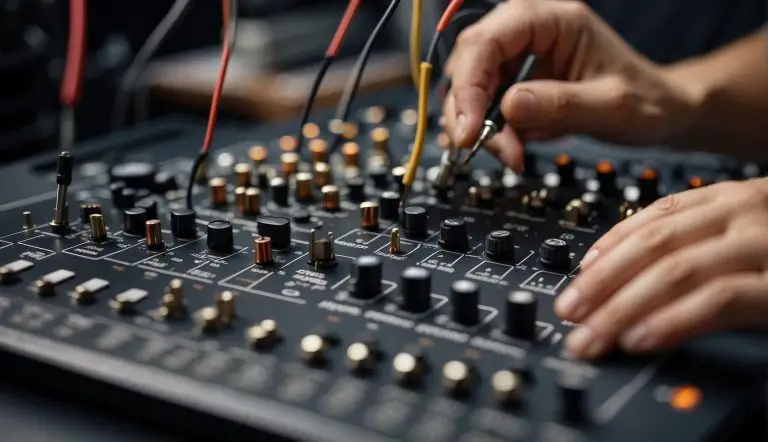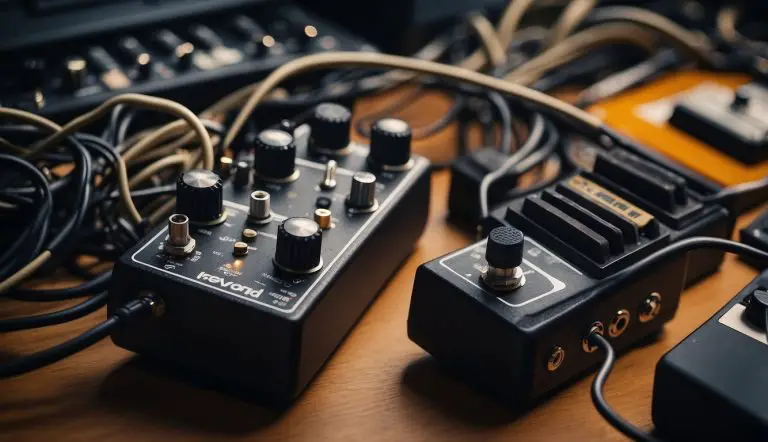How To Use Artificial Reverbs Like A Pro
Artificial Reverbs aren’t easy to use in converting an ordinary audio into the polished one. Sometimes, it takes knowledge talent and creativity to come up with sounds that are very much pleasing to the ears. They say that knowing the ins and outs of artificial reverbs can help you create the greatest music there is and if you don’t know how to, then it can be a little to make music from it.
Artificial reverbs are often times used to mix down overdubbed music or helps instruments to sound clearer and less blurred when they are being used. So how do we add artificial reverbs in our sound?
Know Which Reverb to use
Photo Source: http://inplug.ru/sonnox/Sonnox-plugins/Oxford-Reverb-Pro-Tools-HD-HDX
DAW plays an important role in studio recording. It has the controls to mix, fix and tweak audio to make them sound beautiful. DAW has a built in Reverb plug in. It is best that you know which reverb plug in would suit you and which hardware or analogue and software reverb plug in can help you make a better sound. Once you made your pick then you can try experimenting around it.
Never be afraid to experiment on the reverbs that you are going to use. This gives you a choice on which is better and which is not pleasing to you.
Balance is Important
Balancing reverb and decaying time is very important in mixing. Creativity plays a vital role in balancing reverbs. You need to know which reverb to add, when to add it and how long it should last. You have to sharpen your ears in order to get a good sound. For this to work, you need to take note of the decay time and length of the reverb. It should not be too long for it to be unheard and draggy and it should not be short to make it hanging. You need to take note of the parameters.
Try Compressing it to Send
In adding reverbs, there are times that it would sound good but some notes will catch them making the reverb tail, which stick out longer as a result. EQ can sometimes help compressing the signal being sent to a compressor. It helps hold back the loud notes in, send only the reverb and give a smoother finish.
Early Reflections
Most reverbs consist of two elements: the longer familiar reverb tail. The shorter tail is known as the first reflection. The first reflection is the sounds of the reflected from a wall close to the source of sounds. When we hear this sound, it gives us an idea of the room size. It is important that you experiment further in order to get the right reverb for the sounds.
Automate Reverb levels for Control
Photo Source: https://www.avid.com/pro-tools/features
Using the automatic “ride” on return level or levels that you are sending allows you to keep reverb sounding good in either soft or loud section. If compressing it doesn’t work then automation might help you get a better results.
Be careful for Spills
Spills are often influence things. For isolation rooms, it is okay to spill but in other parts, it is important that you minimize it to avoid influencing other sounds.
Return EQ
Bring the reverb return on a stereo channel. Reverb setting is open for tweaking to how high the frequency is present in the sound. But many sound engineers would opt to return the EQ. There are certain instances that there reverbs actually sound natural compared to others that aren’t returned.
Send EQ
Sending the EQ may have a different result, depending on how the reverb works. It also allows you to use the same reverb for various instruments. It might not work on one instrument but it can work to another instruments. Routing the auxilliary input might help before using it to another instrument with the same reverb.
Tweak Presets
Presets don’t mean anything for auditioning. Choosing which reverbs for a certain mix allows you to be creative. It is important that you take note of the decay time. Experimentation is important in order to get the right mix for a perfect piece.
There are times that it’s okay not to use artificial reverb. If you are recording in a recording studio and the music fits well without reverb then you don’t have to use one. Remember that if you over do putting reverbs, then you might get messy sounds instead of a great deal music.




